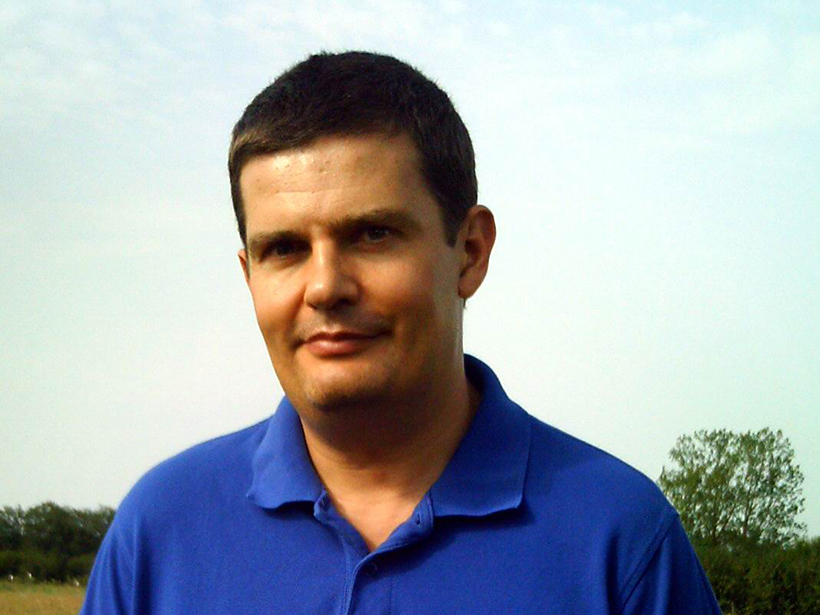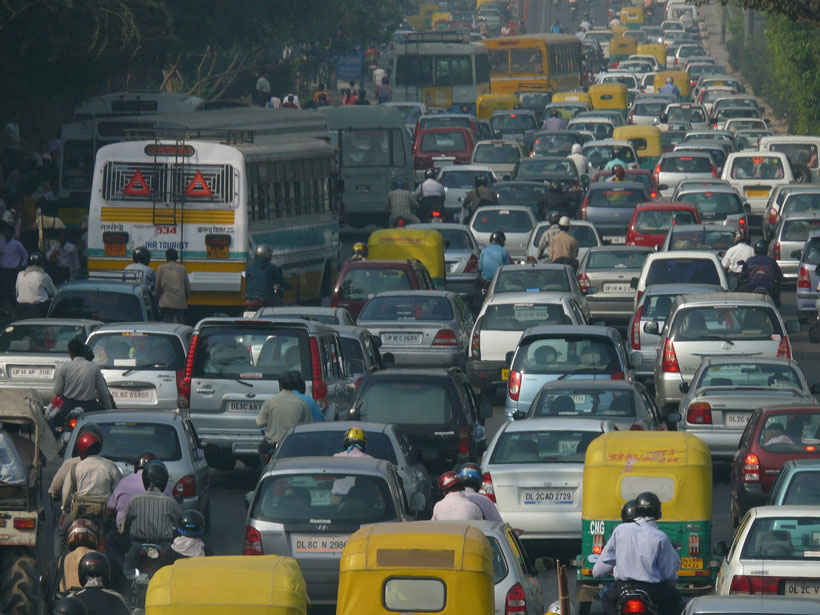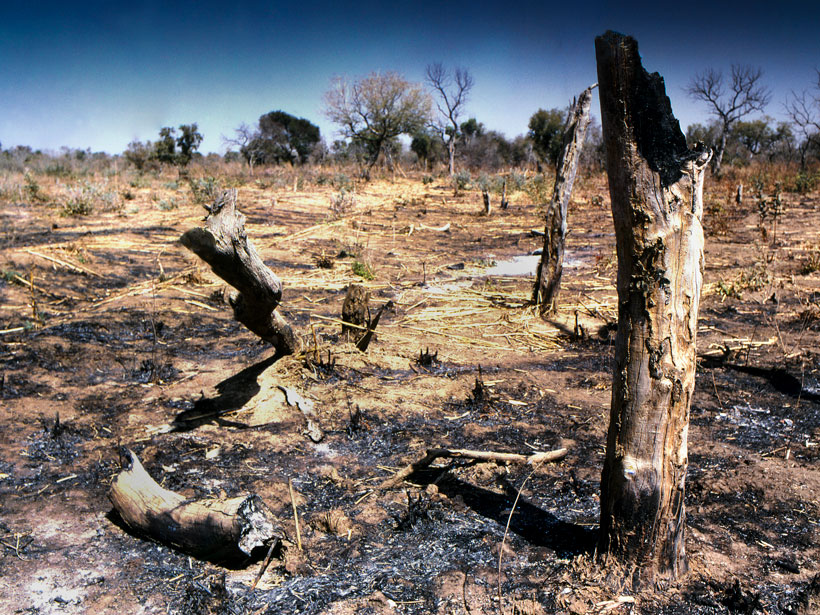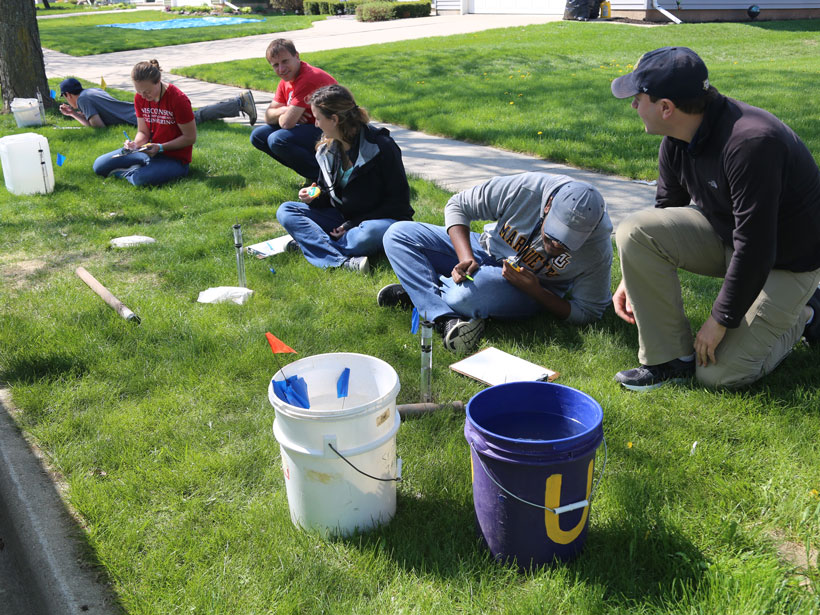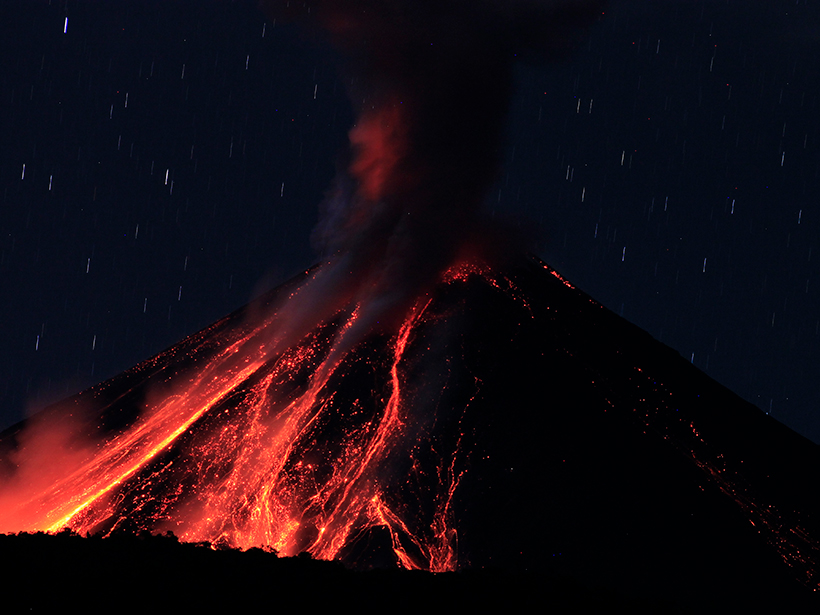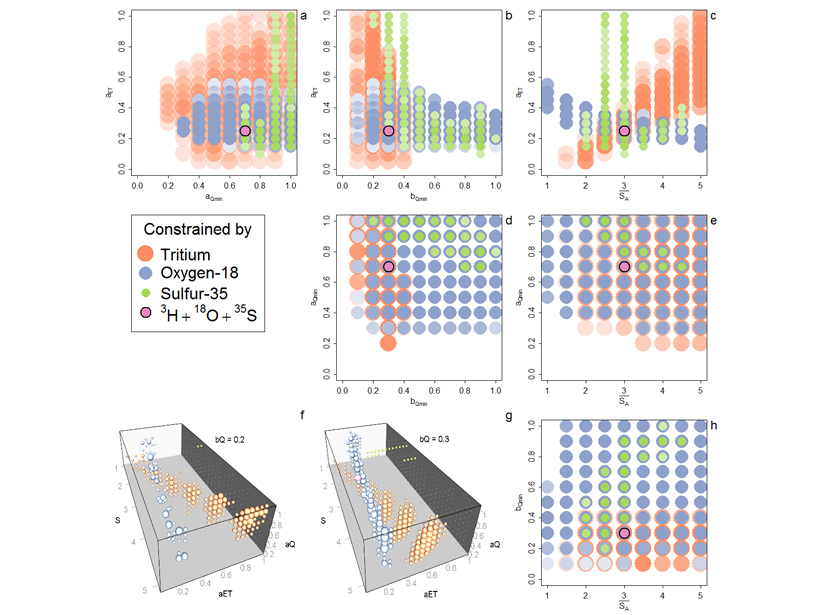Dimitri Komatitsch had a profound impact on computational seismology and embodied the notion of open-source, collaborative research.
CC BY-NC-ND 2019
When the River Meets the Sea: Estuary Sediments and Hypoxia
Scientists know that low-oxygen dead zones are growing worldwide. New research sheds light on what that will mean for estuary systems if trends continue.
Monitoring Ecosystem Health in India’s Food Basket
A new critical zone observatory in India’s Ganga Basin helps researchers and farmers understand and improve the ways that human activities shape environmental processes.
Improving Retrievals for Vertically Inhomogeneous Warm Clouds
Cloud droplet size changes with height, but passive sensors are virtually blind to see it; however, combining passive with active sensors helps profile it in vertically inhomogeneous warm clouds.
Luna B. Leopold: Geoscience Pioneer
He conducted river morphology research based on systematic and reproducible measurements, pushing fluvial hydrology to become a more quantitative science.
Ozone Pollution Deaths in India Higher Than Previously Thought
Reducing emissions could avert more than 300,000 deaths per year by 2050.
A 192,000-Year Record of Northwest African Fire History
Biomarker analyses from an offshore sediment core suggest that increased fire occurrence around 55,000 years ago coincided with increased fuel loads and human settlement in this region.
Strategies to Improve Urban Hydrology
Cities can reduce surface runoff and increase groundwater recharge by encouraging their residents to implement simple, hydrologic modifications on individual buildings and single-family parcels.
Ecuador’s El Reventador Volcano Continually Remakes Itself
A research team from Ecuador’s Geophysical Institute keeps a close eye on an unusually active and unstable volcano in the nation’s remote jungles.
Using Radioactive Tracers to Determine the Ages of Streamflow
Radioactive isotope tracers can be used to determine the relationship between the ages of water that is stored in soil and bedrock, water in streams, and the water used by vegetation.

